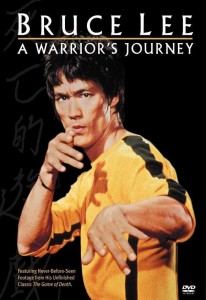
“Bruce Lee: A Warrior’s Journey” American DVD Cover
Director: John Little
Writer: John Little, Bruce Lee
Cast: Bruce Lee, Dan Inosanto, Kareem Abdul-Jabbar, Ji Han Jae, James Tien, Chieh Yuan, Taky Kimura, Linda Lee-Caldwell, Bey Logan
Running Time: 100 min.
By Joe909
If I had to make a top ten list of my favorite kung fu movies, the Game of Death footage Bruce Lee shot in 1972 would be in it. There’s just something cool about it. It has that funky ’70s kung fu vibe I like so much (like James Tien’s outfit), as well as the feel of a period martial arts movie, what with the pagoda sets and the classic costumes worn by the guardians. Man, I wish Bruce had finished the movie. But instead he took up Warner Brother’s offer to do Enter the Dragon, and never returned to his pet project Game of Death.
Ignore the bullshit rumors about Game of Death being a completed movie, but just hidden away from the public (because Bruce, of course, would have wanted it that way), or that there were multiple levels in the pagoda: Bruce fighting samurai, ninja, little green men, etc. All he shot was a few hours of footage, most of which consisted of outtakes. Only forty minutes of actual scenes can be assembled from this footage, and it is comprised of Bruce and his assistants, James Tien and Chieh Yuan, fighting Dan Inosanto, Ji Han Jae, and Kareem. There’s nothing else, save for some herky-jerky footage of Dan, Jae, and Hwang Ing-Sik (of Way of the Dragon) fighting karate students in a wooded area, but no one’s sure if this is “test footage” or was intended for Game of Death.
This documentary puts the footage together in the way Bruce Lee intended the completed film to be seen, as shown in his outline notes. John Little does a much better job than the Japanese company Artport did, in their 2001 production Bruce Lee in G.O.D. Artport basically showed everything Bruce shot, without any sense of cinematic timing. Literally, several shots begin in Artport’s presentation of Game of Death with Bruce and whomever he’s facing down just staring at the wall, waiting for someone to yell “action.” In their effort to show all of the footage, Artport forgot that a few seconds would need to be trimmed here and there to make it all look like a “real” movie, which is exactly what John Little managed to accomplish. I guess it helped that he had Bruce’s notes, whereas Artport did not. Apparently, the Artport presentation is what’s featured on the Hong Kong Legends Game of Death DVD release.
Warrior’s Journey spends its first hour inspecting jeet kune do. This part is interesting, but doesn’t have much re-watch value. Then we get to the good stuff. We learn Bruce’s story for Game of Death: he was to play a retired martial arts champion named Hai Tien, who is blackmailed by gangsters into retrieving some item from a pagoda in Korea, a pagoda that’s guarded by several expert martial artists. A simple story, for sure, but Bruce planned on loading it with multiple layers. Little’s book, which shares the same name as this documentary, goes into much greater detail about the story, even reproducing Bruce’s original outline and dialog notes.
From there we get a quick tutorial on who’s on the mission with Bruce: there’s Chieh Yuan, a simpleminded but strong karate expert. Then there’s James Tien, a duplicitous street fighter who greatly dislikes Bruce’s character. As a matter of fact, the book reveals many humorous dialog exchanges between the two that take place before the pagoda raid. There were to be three more assistants, one of them a white guy, another a drunkard locksmith, but Bruce never cast these roles, and besides, their characters were dead by the time they reached the third floor, Dan Inosanto’s domain, so Bruce never got a chance to film their scenes. We also learn that Bruce planned to have Hwang Ing-Sik as the guardian of the first floor, portraying a kicking expert, and Taky Kimura (one of Bruce’s students) as the guardian of the second floor, portraying an exponent of a preying mantis/wing chun hybrid style.
The assembled footage begins with Dan Inosanto cleaning the floor with James Tien. It seems that a few seconds of footage proceeding this, consisting of Chieh Yuan attacking Inosanto with a log, and Inosanto responding by thrashing Yuan, has gone missing over the years. All that’s left of this footage are a few seconds from the 1978, Robert Clouse-directed abortion Game of Death and the 1984 Golden Harvest documentary Bruce Lee: The Legend. What happened to this footage is anyone’s guess.
The remaining footage itself is all action, so don’t expect much dialog. It’s mostly just the pagoda guardians tearing up Chieh Yuan and James Tien, only to have their asses handed to them by Bruce. But Bruce isn’t the superhuman he is in his other movies, taking down twenty men without breaking a sweat. Here he’s facing foes almost as good as he is, and each of them give him a run for his money. It is pretty cool how he gives Dan Inosanto such a hard time, though. Bruce’s character in this was much different than any he’d portrayed before; in some ways, he seems to be playing himself, all cocky and self-sure. He sure as hell isn’t playing Tang Lung, the humble character from Way of the Dragon, so ignore the rumors that GOD was intended as a sequel to that film, as well.
But despite the fact that this is mostly forty minutes of guys punching and kicking at each other, this footage still contains some of the best, most realistic martial arts ever put on film. Bruce was way ahead of his time, and this kind of on-screen combat will always look better than that sped-up, hanging from wires, shot-from-twenty-angles Matrix shit. It looks better because it looks real. And even though it’s mostly action, Bruce still found a way to inject a lot of comedy and even drama into the mostly dialog-free scenes. I laughed out loud several times at the expressions Bruce and James shoot at each other throughout the footage.
The fights are, of course, much more fleshed out than as shown in Clouse’s movie. We even learn that Kareem’s character is some sort of demon or something, which explains his fear of sunlight. Speaking of which, this is the one and only area in which Artport presented the footage better: at the end of Bruce and Kareem’s fight, Kareem loses his sunglasses, and we see his eyes. Bruce shot two versions of this scene. In one, Kareem has blood-red eyes. In the other, he has lizard eyes. Little chose to go with the “red-eye” look, whereas Artport went with the scarier, and more effective, “lizard eyes.”
My only other complaint with Warrior’s Journey is that Little had Kareem and Jae dub their own voices. Inosanto was approached to do the same, but declined; instead, he provides his voice to the Artport production of Game of Death. But it is very apparent that Jae and Kareem are not actors; their vocal delivery is sub-par. Jae in particular butchers the English language in a way never before witnessed. I guess Little had these two dub their voices for the sake of legitimacy, but it’s obvious Bruce wouldn’t have used them. I mean, he didn’t even have Chuck Norris dub his own voice in Way of the Dragon, and Bruce himself didn’t dub his own voice in any of his movies.
Bruce was at the top of his game, choreographing and directing this footage. The shots where James Tien is upstairs fighting a losing battle against Kareem, while Bruce continues his battle against Ji Han Jae downstairs, really proves how capable of a director Bruce was. And the film gives you a great look at Bruce’s jeet kune do principle of offensive defense; Bruce defends himself from countless strikes by harming his opponent. This is one of the few kung-fu movies where you can actually learn some moves while being entertained at the same time.
You just can’t get much cooler than Bruce Lee. And nowhere did he look more cool than in Game of Death. That yellow and black tracksuit with matching sneakers burned an indelible image into my brain when I was a kid: it was and still is the coolest costume I’ve seen in a martial arts movie. Bruce looked like a living cartoon super-hero; sleek, hip, and bad-ass.
Had it been completed, Game of Death would’ve been one of the greatest kung-fu movies of all time. There’s something just downright awesome about Bruce’s original vision for it. I’ve wanted to know the full story behind it since I was a kid, and now finally I do. I’m ecstatic that Warrior’s Journey has finally been released. It was supposed to come out in April of 2001, and when it didn’t, I was glad that I’d spent $40 for a bootleg copy of the pre-release a few months before. The DVD and VHS were officially released in July of 2002, and the book came out a month later. So throw away your copy of that shitty 1978 production starring Dean Shek and “Tang Lung” that dared call itself Game of Death, and revel in what could have been.
Joe909’s Rating: 9.5/10 for the documentary, 10/10 for the footage itself
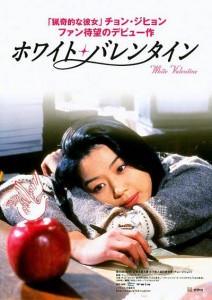

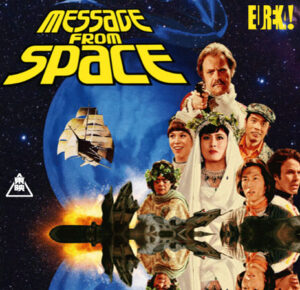
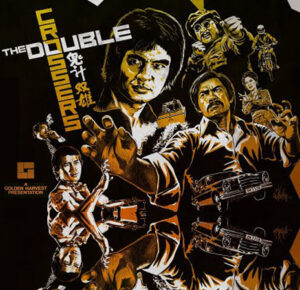
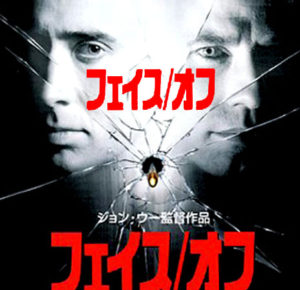

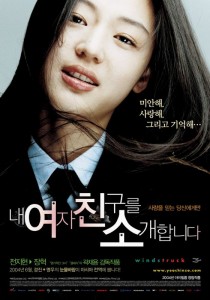
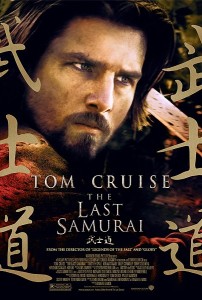
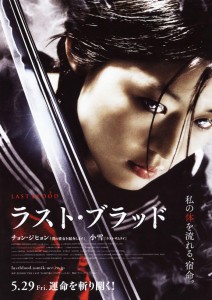
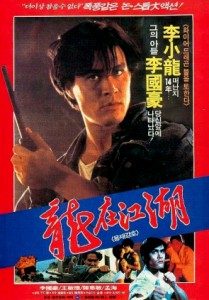
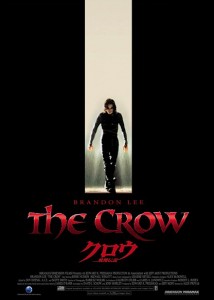


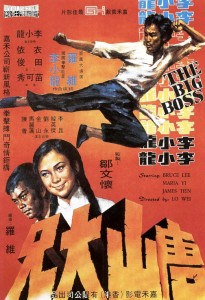
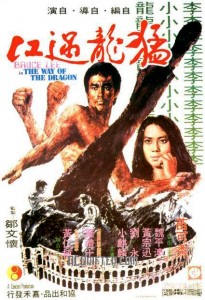
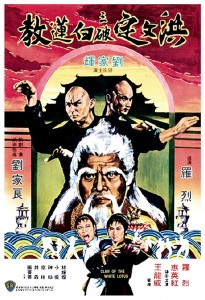
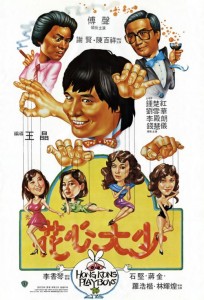

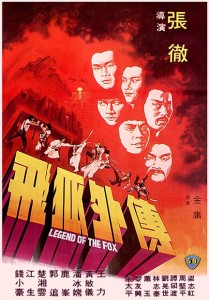
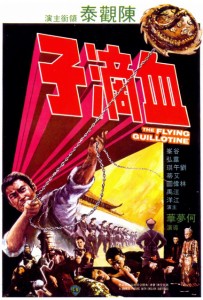



Be the 1st to Comment